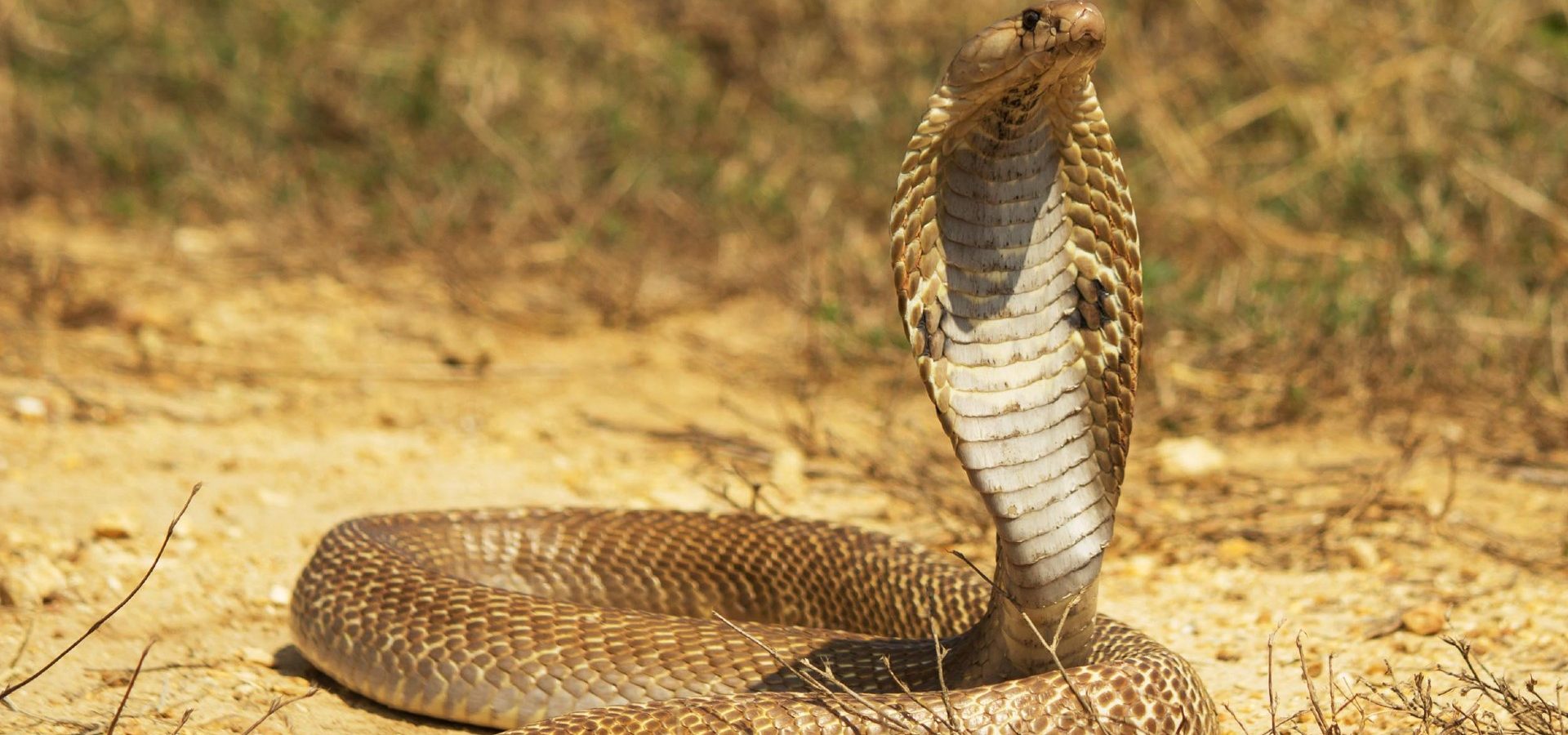Ophidiophobia is the fear of snakes. These reptiles have been the subject of misconceptions, causing many humans to fear them. But if we have to investigate the root cause of the fear, it will most likely narrow down to just one: the venom. Trying to understand what snake venoms are, and the role they play in the lives of these reptiles can help us overcome the unnecessary fear and loathing directed toward snakes.
Snake Venom and its Types
Snake venom is a toxin, which is a complex mixture of proteins and enzymes, as well as anticoagulants and other substances. Ninety percent of the venoms are protein by dry weight and most of the proteins are enzymes. As many as 25 different enzymes are found in various venoms, out of which 10 are present in most of them.
Different venoms contain different combinations of enzymes causing a deadlier effect than any of the individual ones. The most common types of enzymes found in venoms are proteolytic, phospholipases and hyaluronidases, which serve different purposes. Proteolytic enzymes, for instance, have digestive properties, phospholipase degrades lipids and hyaluronidase facilitates in spreading the venom throughout the body.
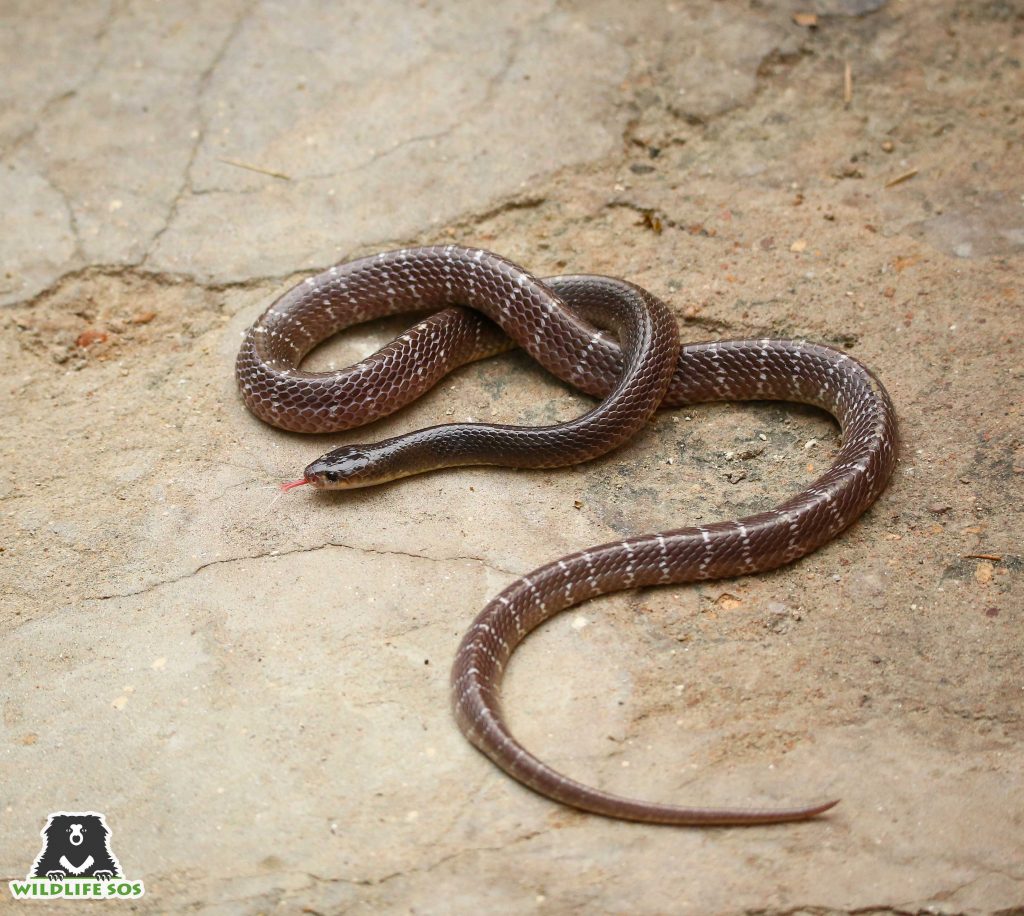
Snake venom can be classified into three major categories – neurotoxic, hemotoxic and cytotoxic. These venoms impact specific regions and functions of the target’s body. Neurotoxic venom harms the brain and nervous system and it can be delivered without causing a lot of pain. Most people do not even realise they have been bitten until the symptoms start to kick in. Neurotoxic venom is said to be the deadliest one and depending on the amount injected into the victim, it can kill within 30 minutes. The Black Mamba produces this particular variant and has a fatality rate of 100%, making it the deadliest snake on the planet.
Hemotoxic venom disrupts blood clotting, thereby impacting the cardiovascular system. It also causes degeneration of organs, tissue damage throughout the body and massive internal bleeding. Lastly, cytotoxic venom causes severe pain by impairing the tissues on a molecular level, leading to cell death. A fourth kind of venom exists in sea snakes and is known as myotoxic. It leads to severe and instant muscular paralysis. There are 20 types of sea snakes found in India, all of which are venomous.
Usage of the Venom
The venom can be regarded as a varied form of saliva excreted through a modified parotid salivary gland, located on each side of the skull behind the eye. It is produced through a pumping mechanism from a sac which holds the venom and proceeds through a channel down to the tubular fang (specialised hollow teeth) which the snakes use to inject the toxins. These fangs have grooves or canals that guide the venom from the oral gland to the bite wound on the prey.
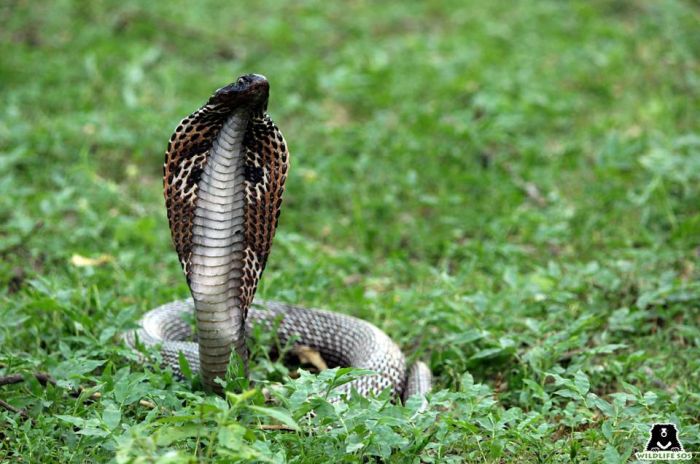
The might of the snake’s venom primarily intends to kill, incapacitate and paralyse taxa of prey such as birds, mammals and even other snakes. Due to the presence of specific enzymes, venom holds the ability to damage innard tissues and the nervous system of different prey species. The venom protects the snakes as a defence against predator species.
While the Saw-scaled Viper and Russell’s Viper produce hemotoxic venom, the Monocled Cobra and Common Krait carry neurotoxins. The Indian Cobra’s venom is known to be cytotoxic in nature. In a recent incident, the Wildlife SOS-GSPCA (Gujarat Society for Prevention of Cruelty to Animals) team rescued a 6-foot-long Indian Cobra from a farmhouse near Vadodara, where it was seen devouring a Russell’s Viper!
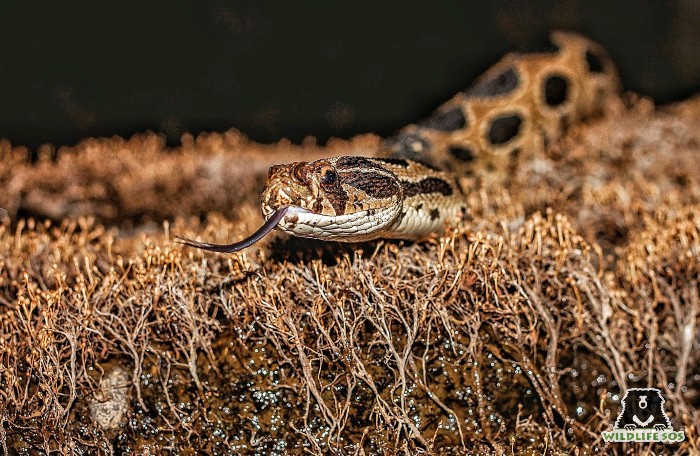
For millions of years, snakes have survived and furthered their species due to venom, their natural gift. It is a scientific fact that snakes never use their venom to attack human beings on purpose, unless they are provoked or need to defend themselves. It is a weapon that they preserve to hunt for itself, and injecting it drains a lot of energy from the animal. Hence, snakes are cautious while using their venom, and will never waste it unless it feels threatened by a human being.
The Anti-Venom
There have been innumerable instances of people dying due to snake bites globally. Annually, over 50,000 people are killed in India alone due to bites from the ‘Big 4’ venomous species, namely the Indian or Spectacled Cobra, Common Krait, Russell’s Viper and Saw-scaled Viper. The only available treatment against snake bite is the usage of anti-venom. The first anti-venom was developed by Alberte Calmette against the Indian Cobra. Anti-venom is primarily divided into two types, namely, monovalent which is effective against a given species’ venom, and polyvalent which can be used for a number of species. However, certain do’s and don’ts have to be kept in mind following a snake bite.
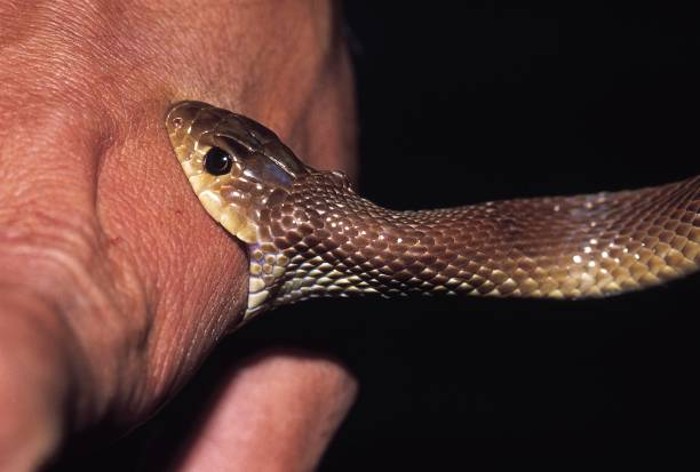
Today, scientific methods of snake venom extraction have led to the availability of anti-venom for the ‘Big 4’ snake species in private and government hospitals, due to which many deaths can be prevented. According to a research article by the International Journal of Pharmacy and Pharmaceutical Sciences, venom from a snake can be extracted to be studied according to a species-specific schedule, which can vary from every 2-3 weeks to every 3 months.
In addition to treating snake bites, many toxins from the venom are used as drugs to treat conditions such as cancer, hypertension and thrombosis. Venoms with anticoagulant properties also have medical applications; for instance the medicine Tirobifan was developed from a compound in the venom of the Saw-scaled Viper and recommended as an antiplatelet drug. Few plant species are also found to have anti-venom properties namely, Aristolochia odoratissima, green chiretta (Andrographis paniculata), tellicherry bark (Holarrhena antidysenterica) and tamarind (Tamarindus indicus), which help control the infection, mitigate pain and adjust the immune system.
Education on snake venom and making people aware about the availability of anti-venom are both important steps which can help clear the long-standing misconceptions about snakes. Wildlife SOS conducts several workshops and awareness programs about snake bites to educate people on first-aid treatment, types of venomous snakes and the fact that not all snakes are venomous. It is high time we start giving these beautiful creatures the space and the respect they deserve.

